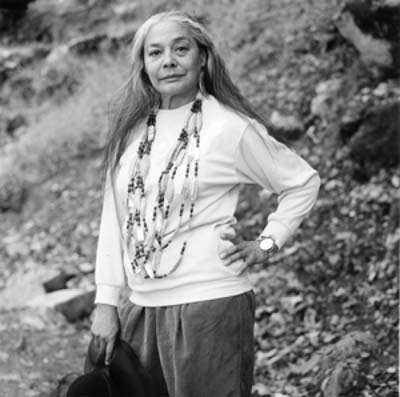
Santa Cruz city officials are working with a builder to
determine whether an eastside housing project can be altered to
preserve a knoll where Native American remains were discovered
earlier this month.
J.M. Brown
Santa Cruz city officials are working with a builder to determine whether an eastside housing project can be altered to preserve a knoll where Native American remains were discovered earlier this month.
Vice Mayor Don Lane, who attended a private meeting Monday between city officials and KB Home, said he believes the company would consider selling or setting aside the parcel where the remains were found even though it is designated for the most premium home among 32 planned for the site.
“They are thinking about that seriously,” Lane said, noting the developer’s cooperation with the city and a Native American elder assigned to monitor the case. “They are now deciding whether that is something they can do.”
A spokesman for KB Home, reached late Thursday, could not immediately verify whether the company is considering changing the project plans.
Lane’s remarks came Thursday after four dozen demonstrators with the Save the Knoll campaign marched on City Hall calling for an end to construction near where bones, believed to be that of a Native American child, were found. Demonstrators presented a petition with more than 800 signatures of people who want the knoll protected.
Although the City Council could not take any action because the issue was not on its agenda, several council members suggested they will push for a special session next week to consider solutions. City officials said it was not immediately clear Thursday whether the council has the authority to stop the project, as KB Home owns the land and has city entitlements to build.
However, Planning Director Juliana Rebagliati said the builder and city are following state and federal laws that dictate how Native American cultural sites are to be treated. She said the laws establishing the confidentiality of culturally sensitive sites prohibit her from discussing specific actions.
Ann Marie Sayers, an Ohlone woman designated by the California Native American Heritage Commission as a most likely descendant, has been working for several weeks with the city, builder and two teams of archaeologists to comb the knoll. She attended Thursday’s council meeting, but did not speak.
Her attorney, Daniel Sheehan, said Sayers, who lives near Hollister, is in talks with KB Home and not at liberty to discuss those negotiations.
In the meantime, Sheehan said Sayers wants to see specialized equipment brought to determine if other artifacts are buried deep beneath the soil on the knoll. Until then, he said, Sayers prefers all construction plans be put on hold for the area around the knoll.
“What she is saying is if there are any other remains to be found, they ought to agree voluntarily to stop,” he said.
As a member of “a movement that brings back sacredness to urban spaces,” demonstrator Fenix Bedoya said the city and developer should respect a belief shared by native people that a spirit is disturbed when bones are removed. “We have to respect that idea and knowledge.”
Charlene Sul, a leader on the Confederation of Ohlone People, said, “I know the right thing will be done at the end of the day.”
Seven units are planned for the north end of the development at Market Street and Isbel Drive. Because the knoll sits high on the property, it affords a premium view for the housing unit slated to be built at the top, near where the remains were discovered.









